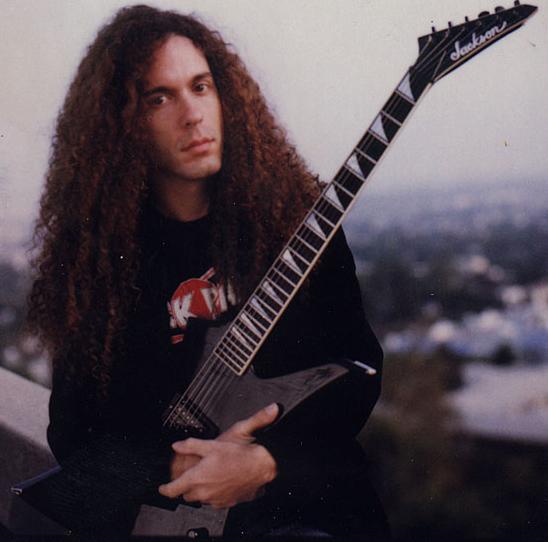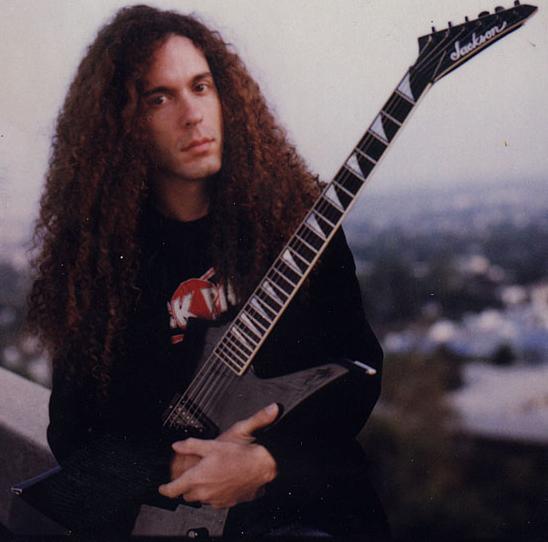i am creating a .net setup project and i want to decide the name of the shortcut when i run the windows installer. is that possible?
if that is possible also let me know how to name the installation folder likewise.
the installation will be in silent mode, so there will be no gui. there must be some way to pass parameters to msiexec and you know...
please help.
Especially you Ramy, i challenge you to do that. you cant do that man! :)


